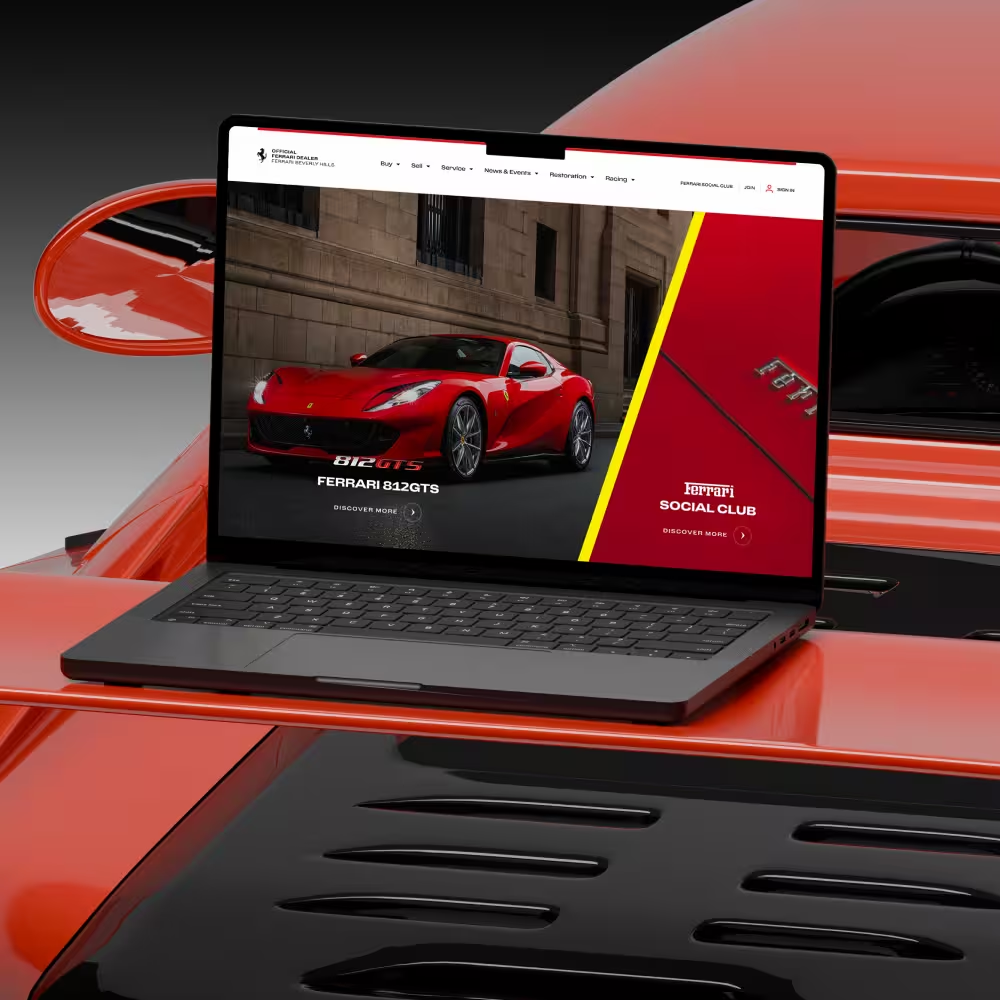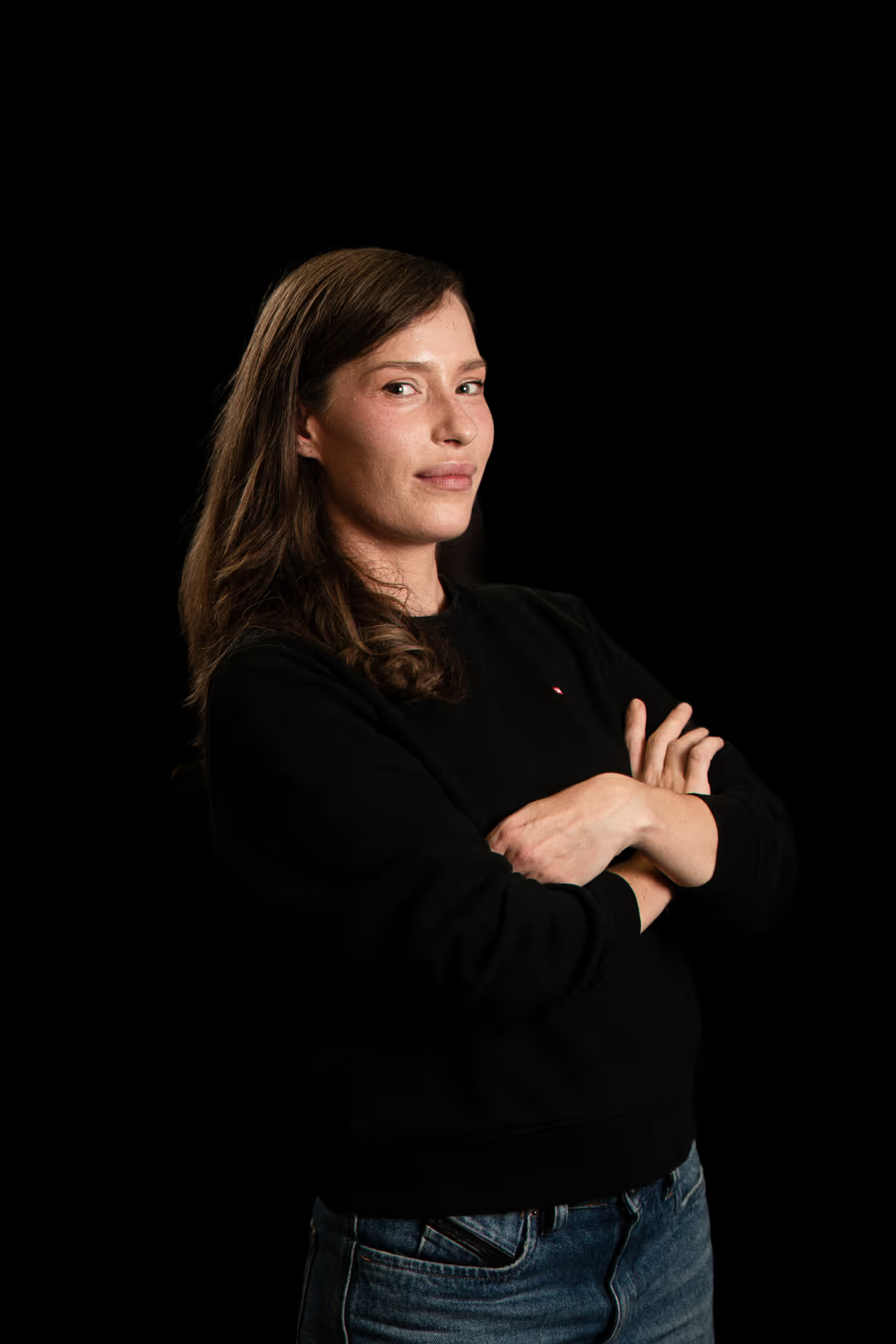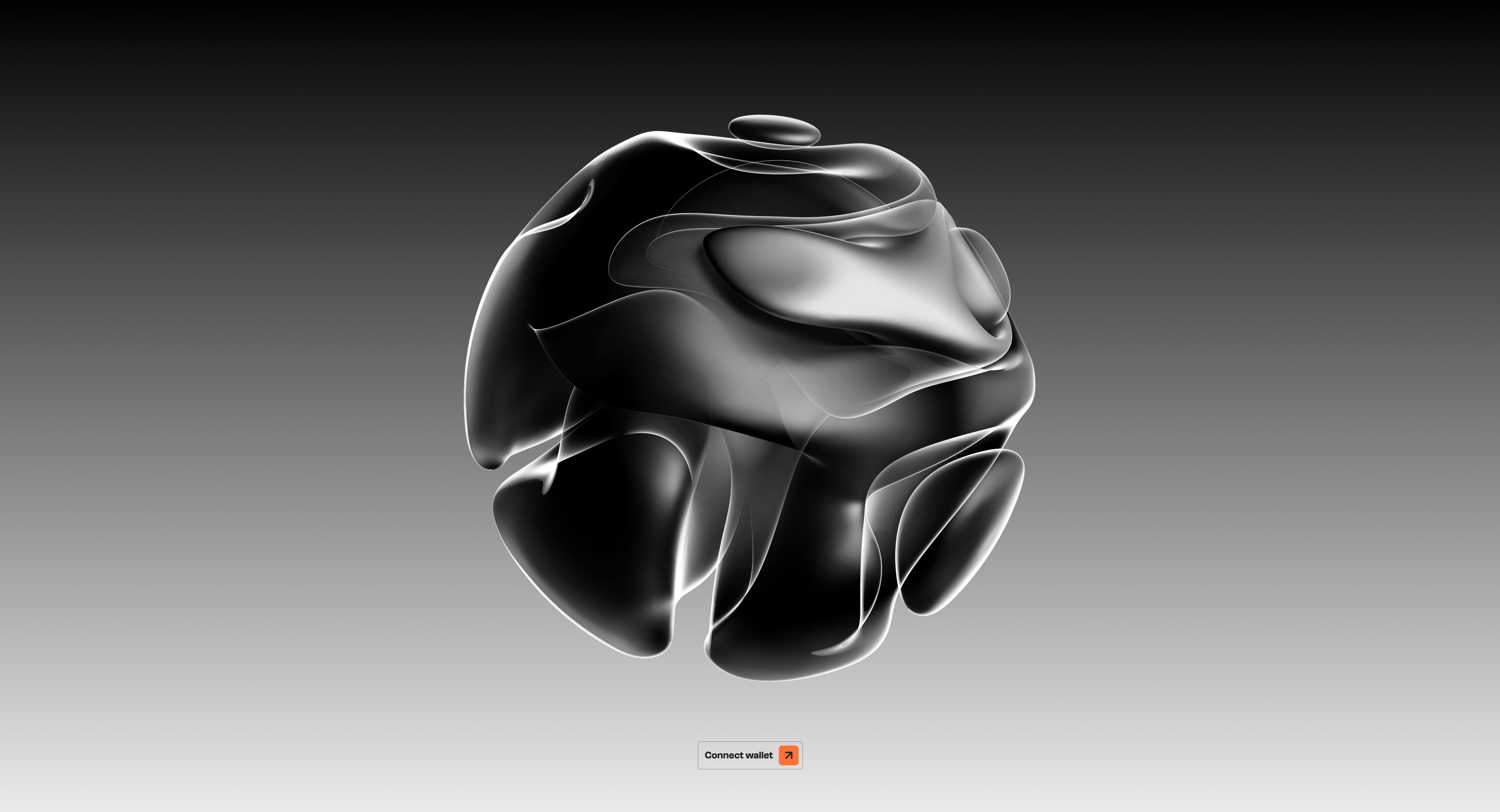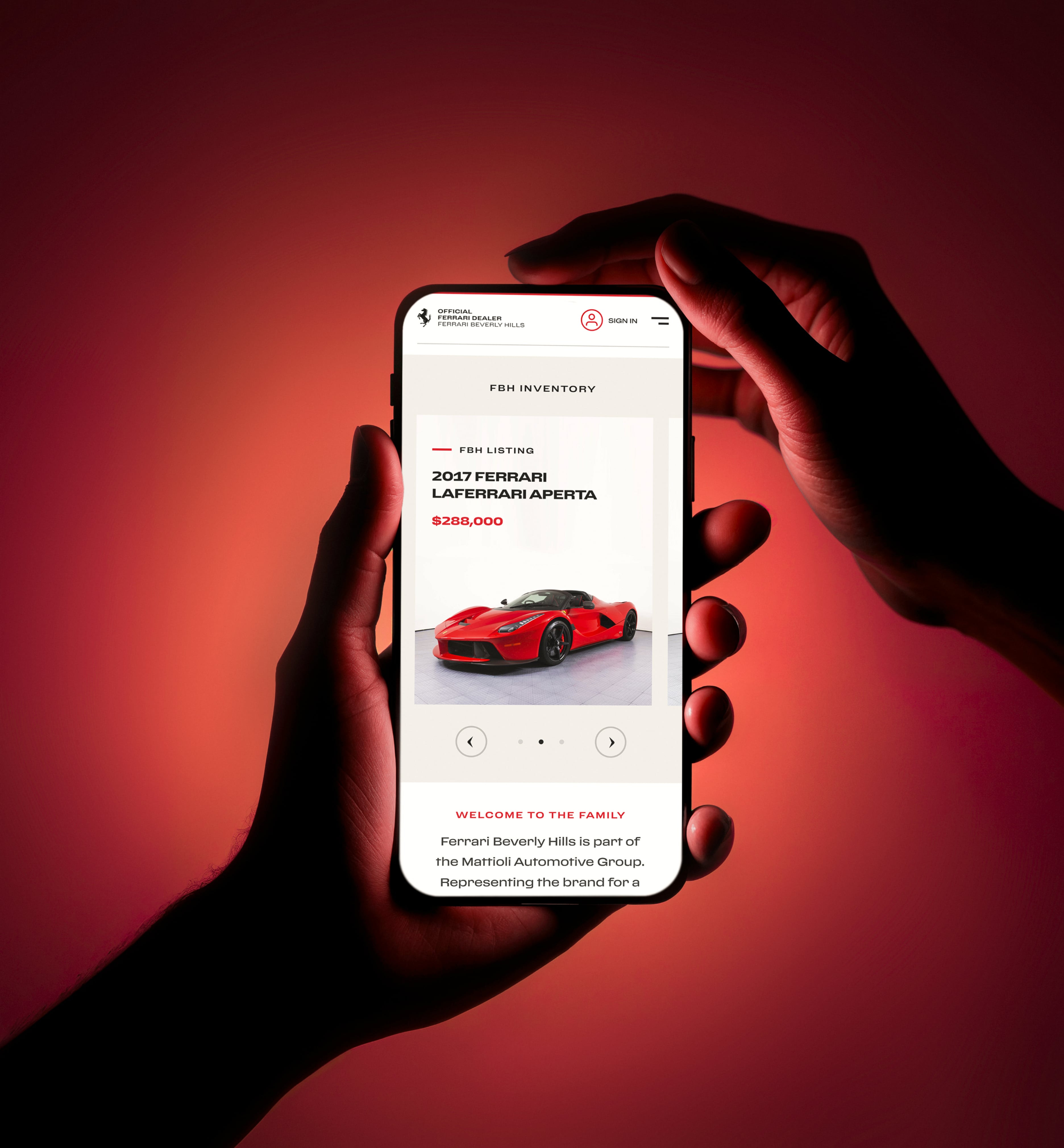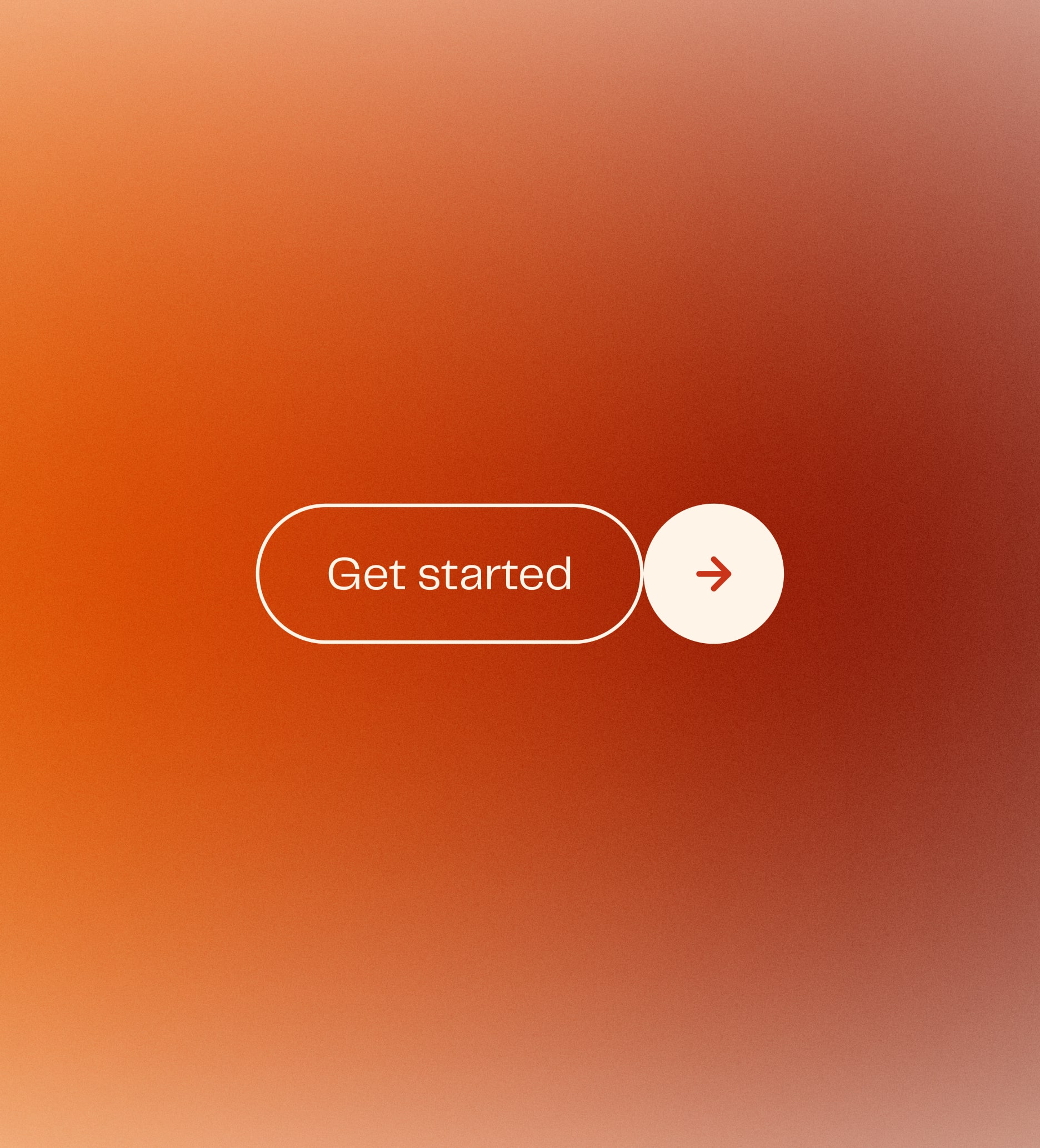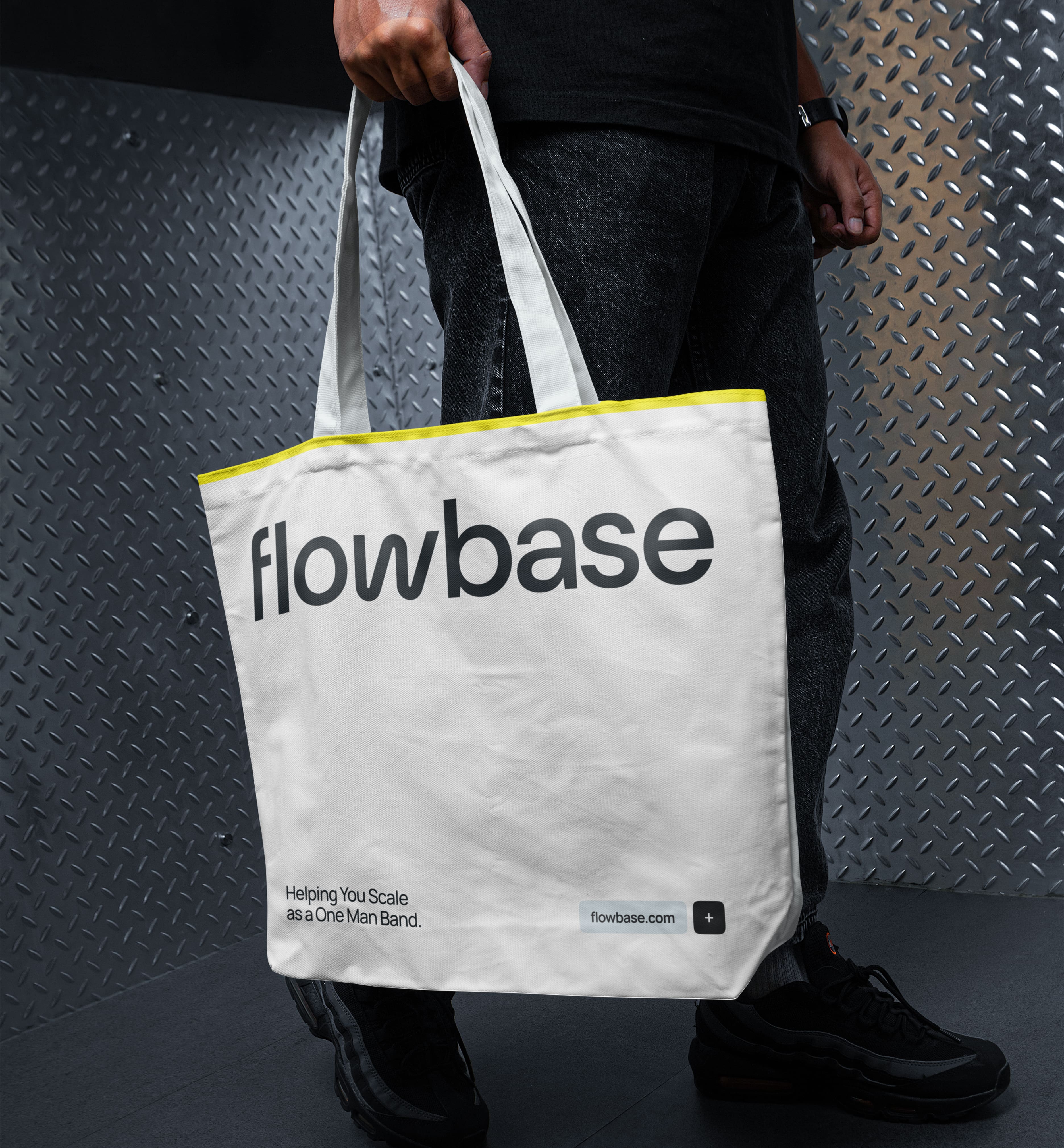In UX design, the dominant mantra has been: make it seamless. We optimize for speed, efficiency, and invisibility - because in theory, the best interaction is the one that disappears. Yet this philosophy doesn’t always serve users well. In some cases, slowing them down is exactly what good design requires.

When friction builds trust?
Take online banking. Two-factor authentication feels like a hassle, but it reassures users that their money and identity are safe. That extra pause communicates security and reliability in a way instant access never could. In healthcare apps, consent screens may frustrate impatient users, but they safeguard both legal integrity and patient well-being.
Not every action should be frictionless. Imagine deleting a cloud storage folder with a decade’s worth of photos. If that process were too fast, the sense of consequence would vanish. By adding confirmation steps, “Are you sure?” prompts, timed delays, or secondary verification, designers reinforce the gravity of the choice.
Friction as emotional design
Even outside high-stakes contexts, intentional friction can enhance emotional engagement. Consider Apple’s use of the “slide to unlock” feature in early iPhones. That motion wasn’t the fastest way to access a phone, but it felt tactile and human, creating a micro-ritual users came to love.
Designing for attention, not just speed
The real question is not “How fast can we make this?” but “What deserves the user’s attention?”. Good UX is about knowing where to place the brakes: adding resistance at the right moments to protect, to emphasize, or to create a sense of ceremony. Seamlessness has its place, but meaningful friction has value too.
